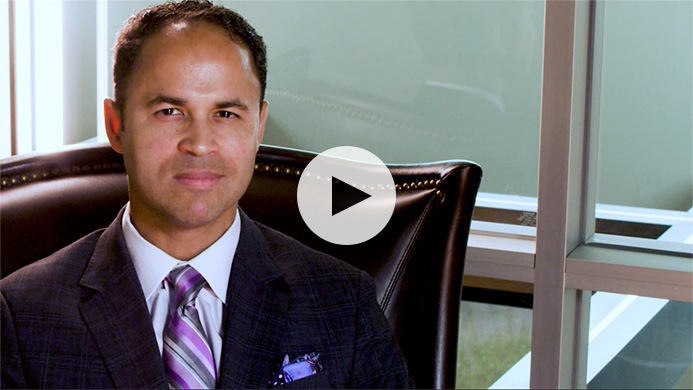What do you hope to find under the tree this year? Well, if you’re dreaming of better skin, you won’t find it wrapped up in pretty paper or stuffed in your stocking. Laser resurfacing is one of the most effective options for repairing years of sun damage and improving aging skin’s appearance.
What can our laser skin resurfacing in San Antonio do for you? Apart from explaining how laser skin resurfacing works, Dr. Jose Barrera will outline why it is something for you to consider during the holiday season.
What Is Laser Skin Resurfacing?
LASER is an acronym for light amplification by stimulated emission of radiation. For your skin, lasers harness the powers of light and heat to create controlled injuries to the tissue, triggering a healing response by the body’s collagen regeneration process. The result is an improved appearance in skin tone, texture, and coloration.
While you may have been using other clinical resurfacing procedures to cause slight injuries to your skin — chemical peels, dermabrasion, or microneedling — if you need a supercharge, there’s nothing more effective than lasers to get you there faster. The result is healthier, refreshed, and younger-looking skin.
Depending on your skin care needs and the results of your consultation, Dr. Barrera may select one of the laser treatments described below.
Ablative Laser Treatments
Pulses of light from this laser remove the outermost layer of old or sun-damaged skin, revealing healthier, fresher skin underneath. Ablative lasers improve skin tone and texture, reduce fine lines and wrinkles, and treat warts, scars, and other stubborn issues.
Plan for a downtime of approximately seven days following this laser treatment and redness that may persist up to two weeks. These treatments are highly effective at reducing fine lines and wrinkles and balancing or removing skin discoloration.
Non-Ablative Laser Treatments
Targeting the deeper layers of the skin by creating heat, this type of laser promotes the production of fresh collagen, treating discoloration of the skin, including melasma, dark spots, freckles, and other forms of hyperpigmentation.
Since these lasers penetrate the epidermis in a fractionated pattern, the treatment carries considerably shorter downtime than ablative laser treatment. You can expect to appear as if you have a sunburn, some mild discoloration, and be mildly swollen for three to five days following treatment.
Fractional Lasers
Fraxel lasers, requiring six to eight passes across the treatment area, create tiny holes, leaving surrounding areas intact. The skin tightens by regenerating collagen through intact skin bridges between these tiny holes.
During the first two days, you can expect throbbing, redness, and sunburn-like swelling, and then before the end of the first week following treatment, your skin will start to roughen up and peel.
Why Have Laser Skin Resurfacing During the Holiday Season?
Regardless of the specific laser skin resurfacing treatment chosen, you will need some downtime for recovery. Depending on the size of the area treated and how deeply the procedure penetrated your skin, you may want to stay home and rest for a week or two. Apart from experiencing some discomfort, you might want to avoid awkward questions from work colleagues, family, and friends and decide to stay out of sight.
Because it can take a while for the results of your laser resurfacing to emerge, to look the best during the summer months, plan to have your treatment during fall or winter. Whether you have a June wedding to attend or are planning a vacation in August, your complexion will look fantastic.
Not only will your treated areas appear smooth, plump, and luxurious all summer long, but you’ll also have eliminated many skin flaws and imperfections. Dark pigmentation and blemishes will become harder to see, and as the skin tightens, sagging and fine lines will diminish.
Another reason we recommend laser resurfacing during the cooler months is that you need to be extra cautious to avoid the sun after your treatment. The cooler weather and shorter days experienced during the holidays bring fewer opportunities for sun damage, making it easier to protect your skin after treatment.
Immediately following your treatment and for a while afterward, your healing skin will much more sensitive to the UV rays of the sun. You should always wear sunscreen when you go outside — even if it’s only for a few minutes. While still necessary in the winter and on cloudy days, applying a thin layer of sunscreen is easier than the multiple applications required on a hot summer’s day.
Depending on the areas treated, recovery can take up to three weeks. Once your skin heals, you can wear oil-free makeup to minimize redness, which usually fades in two to three months.
Contact Us for Your Youth-Preserving Treatments
To discover more about why laser skin resurfacing is growing in popularity in San Antonio, TX, contact triple board-certified facial plastic and reconstructive surgeon Dr. Barrera or call (210) 468-5426 today!


